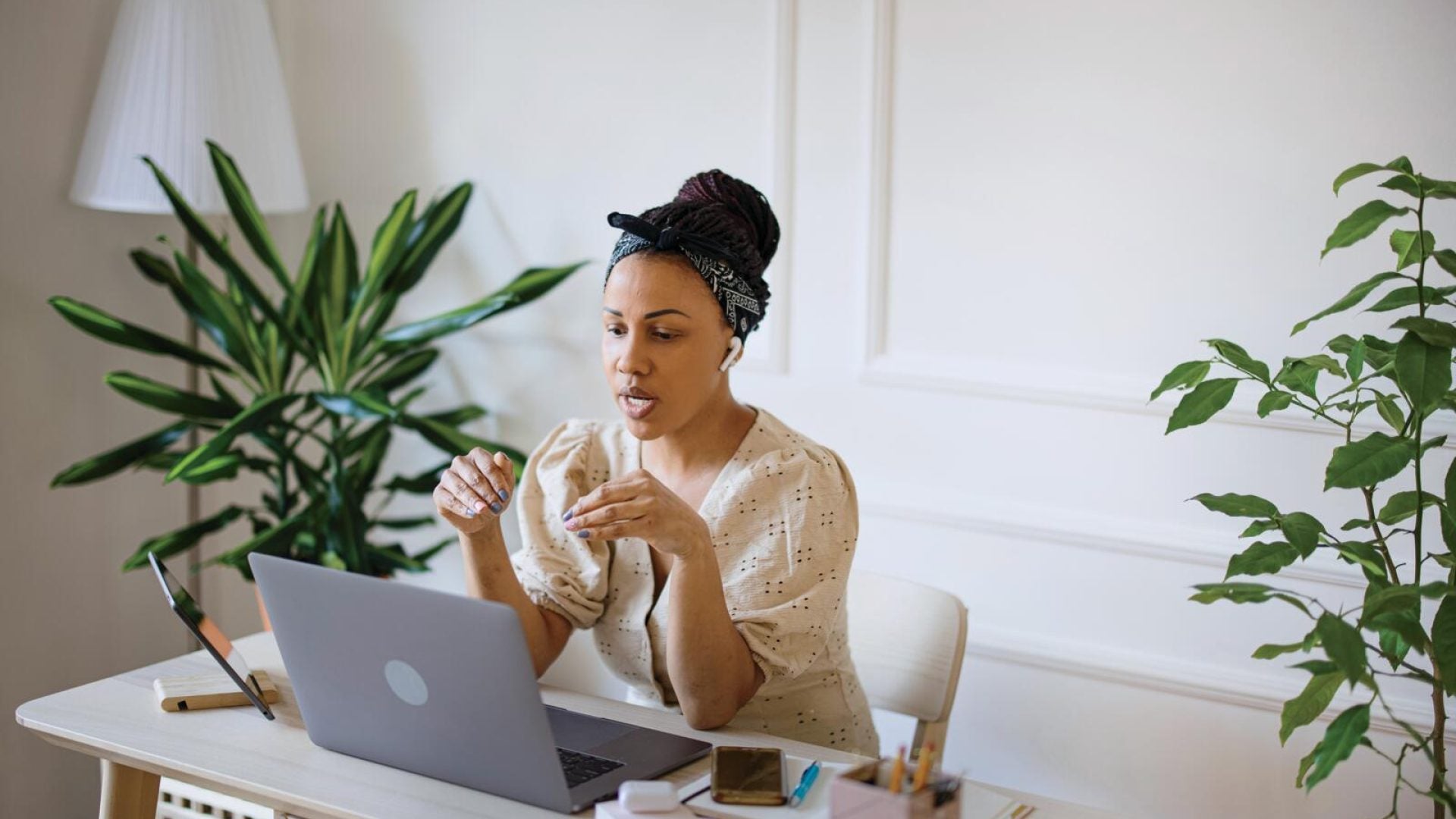

It was not common, in the 1950s, to witness Black women rocking their natural hair. Before that point, wigs were the popular style choice, as Afros were frowned upon in the workplace and the widespread sentiment of the time was that natural Black hair was unprofessional, unruly and unacceptable. But this didn’t sit well with a particular group of young, pro-Black artists who were part of a collective known as the African Jazz Art Society and Studios (AJASS). Advocating a different standard of beauty, they staged a fashion show in Harlem in 1962—led by a troupe of Black women wearing their natural hair and African-inspired designs. Together, they proposed to send a resounding and revolutionary message to the masses: Black is beautiful.
The production was officially titled “Naturally ’62: The Original African Coiffure and Fashion Extravaganza Designed to Restore Our Racial Pride and Standards.” The women in the show were known as the Grandassa Models—a name inspired by the word Grandassaland, which Black nationalist Carlos Cooks used to refer to Africa. The models were everyday Black women from Harlem—educators, homemakers and activists—who unabashedly reflected the beauty of Black people’s skin, full lips, curvy figures and iconic Afros. They exuded pride in their natural features and, in doing so, vividly represented the power and the appeal of Blackness. Black is Beautiful became the show’s slogan, and it was soon printed in big, bold letters across promotional posters, fliers and other paraphernalia.
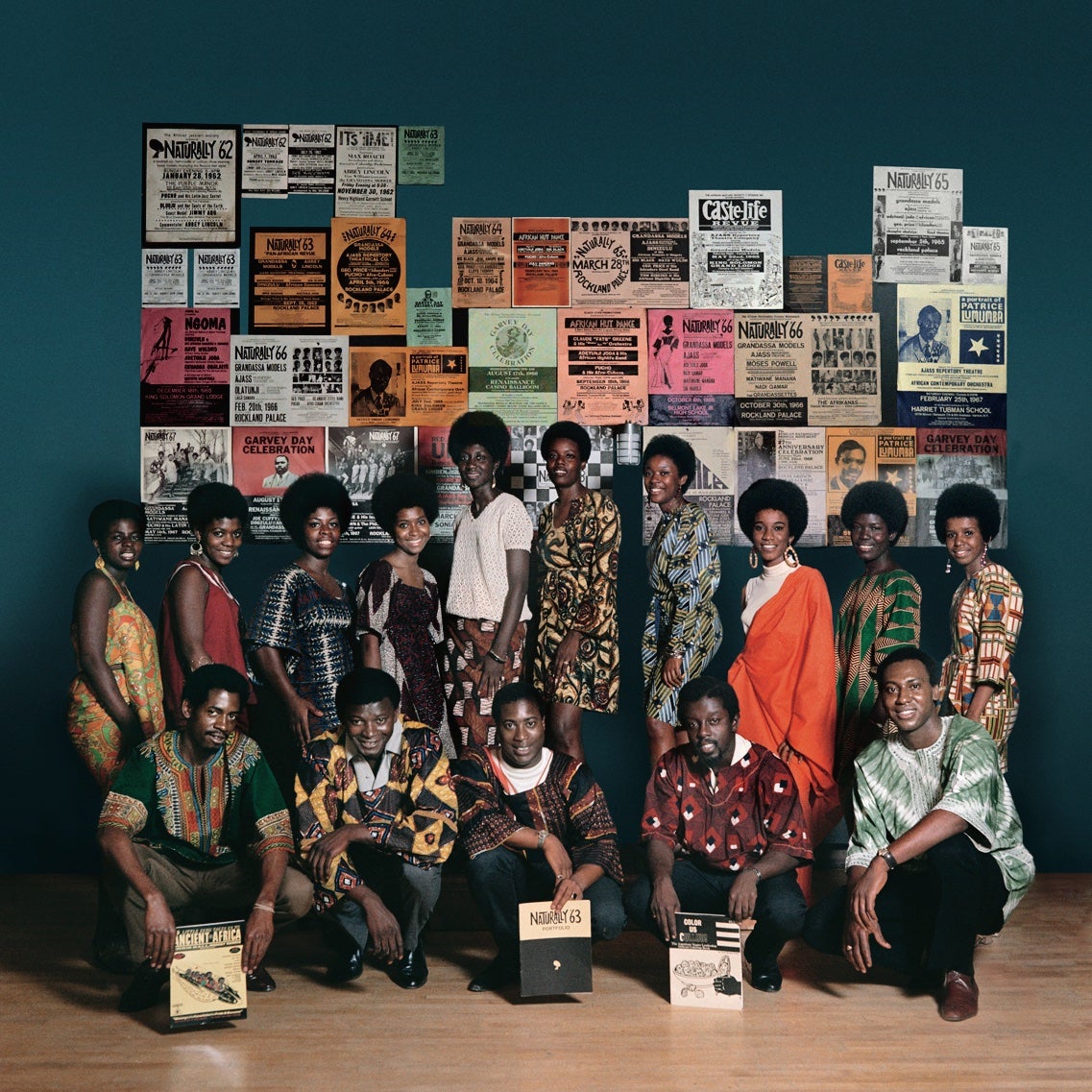
Word of the event spread quickly; and when the night arrived, large crowds clustered outside Purple Manor, a popular Harlem nightclub that served as the venue. Some AJASS members were convinced that many of the attendees had come to laugh and heckle, because the concept of Black women modeling their natural hair with dignity seemed unimaginable to them at the time. However, a different narrative was introduced that night. The evening ended with standing ovations from people impressed by what they had never experienced or seen before: a defining and dynamic display of Black pride and talent. At that moment, on January 28, 1962, the Black is Beautiful movement was born.
In the decades that followed, the Black is Beautiful message spread far and wide as the “Naturally” fashion shows became sold-out events, staged year after year in cities around the country. Much of the momentum of the movement was powered by the striking photographs of legendary photographer Kwame Brathwaite. His influential images chronicled the evolution of the “Naturally” shows as well as the full glory of the women featured in them, helping to -catapult Black is Beautiful to new levels and cement its -pioneering attitudes.
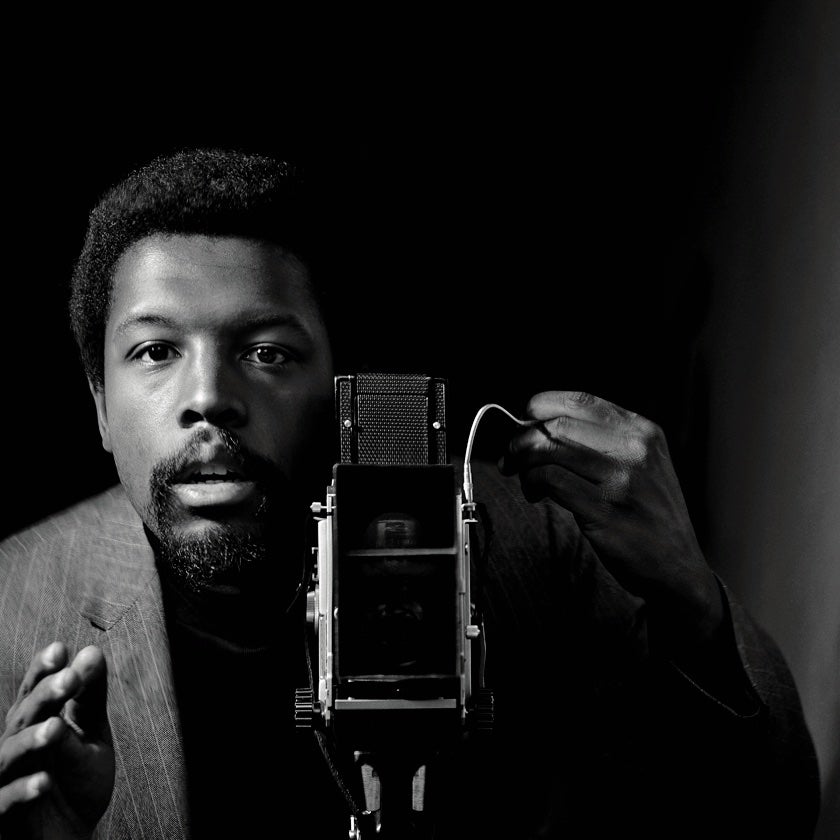
“My father’s legacy is that he was always looking to show us in our power, in our regal nature and as our best selves,” says Kwame S. Brathwaite, the photographer’s son, who now directs the Kwame Brathwaite Archive. “He understands the beauty, the strength, the power, the intelligence, the endurance and the greatness of who we are.”
The elder Brathwaite, now 84 and retired, has always upheld a commitment to communicate and celebrate why Black is inherently beautiful. It is why he cofounded AJASS with his brother Elombe Brath, in 1956, and worked with fellow Black artists and activists to establish the Grandassa Models group a few years later. “What my uncle and father and AJASS members did, in creating the Grandassa Models group, was support and show women they are beautiful exactly as they are and that we have to embrace who we are,” the younger Brathwaite says now. “People thought Black is Beautiful was simply about beauty, but really, it was about self-love.”
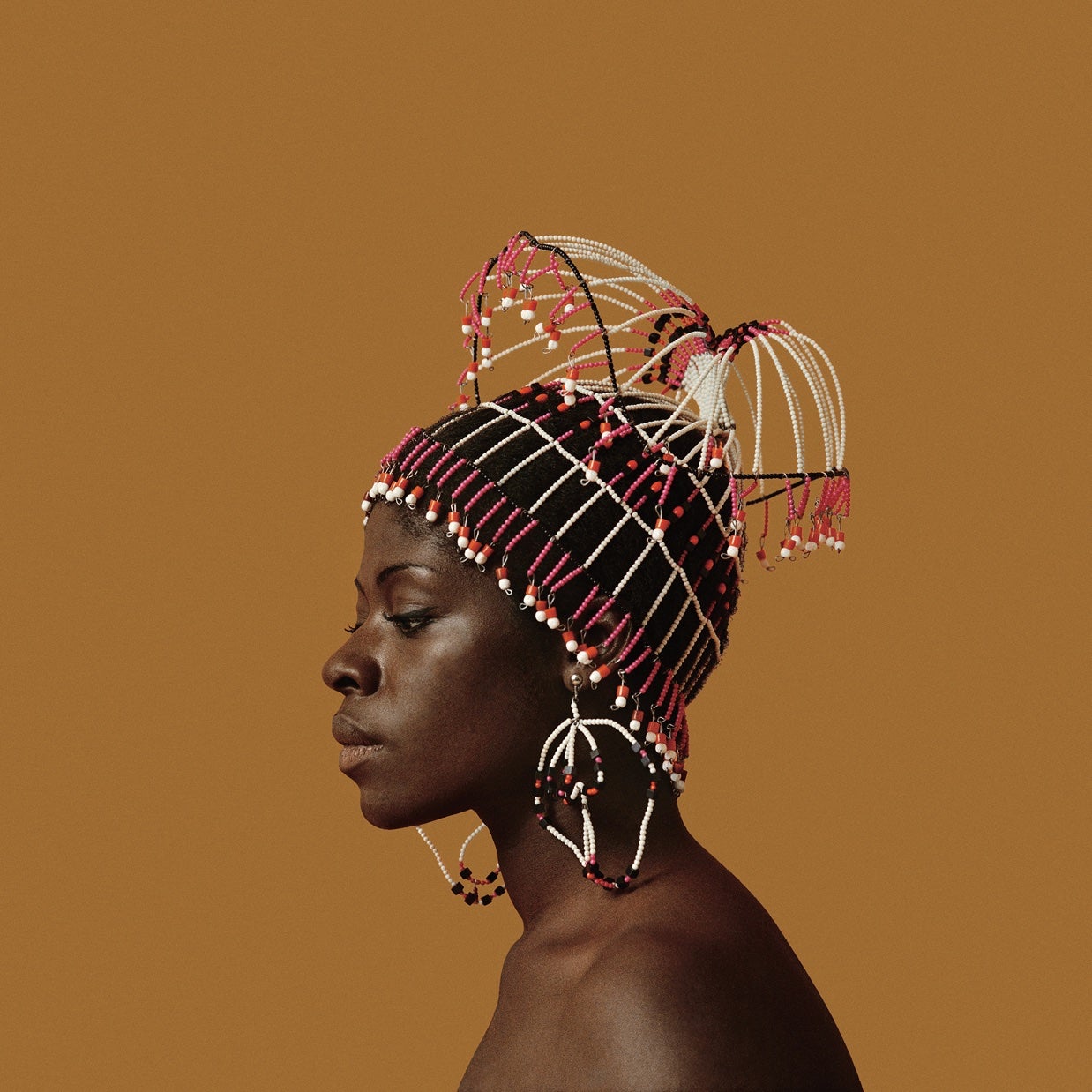
The group exemplified this in a revolutionary way by calling themselves African and Black, at a time when Black people were self-identifying as colored or Negro. It was a powerful, self-determining choice of words, as it not only transformed people’s -perception of themselves but also forever changed -America’s racial vernacular. Ultimately, the work AJASS led was designed to dismantle the influence of the White gaze; build a bridge that connected us back to Africa; and promote Black empowerment and economic independence as core tenets of the Pan-African ideals the group espoused.
During many of the “Naturally” shows, models were photographed wearing signs that read Think Black and Buy Black, the latter being a concept coined by Cooks himself. These messages gathered momentum as art, politics and music were converging, at a particularly potent moment in history. Black is Beautiful went on to become the backdrop of the burgeoning Black Arts movement of the mid-1960s; it has been described as the visual force driving the Black Power movement into the ’70s. “The Black is Beautiful movement predates and became the foundation of a lot of these other movements,” the younger Brathwaite explains. “They were all steeped in the same idea of embracing who you are. Black is Beautiful, Black Arts and Black Power were three different paths to the same goal of loving yourself and fighting for what’s right.”
Decades later, Black is Beautiful continues to inform and influence today’s activism and to inspire self-pride. It’s evolved into much more than a catchphrase: It is a commandment; a guiding principle; a resounding affirmation. It has been championed by celebrities like Rihanna, Jesse Williams and Alicia Keys, and it has fed the success of present-day political initiatives—such as the passing of the CROWN Act, which prohibits hair discrimination in the workplace—as well as cultural movements like Black Girl Magic, Black Boy Joy and even Afrofuturism.
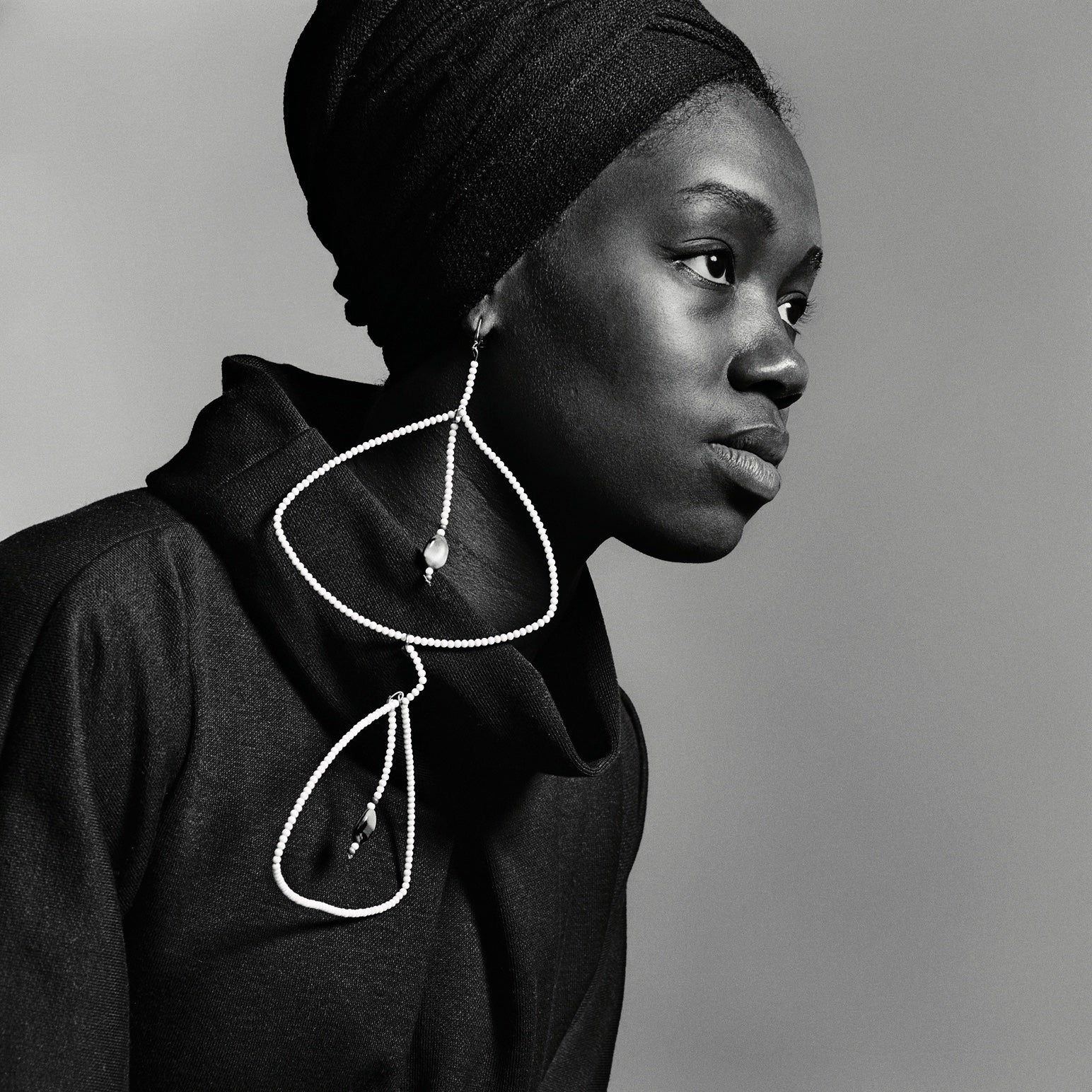
“One of the things someone said about my father’s work is that he was creating this Black utopia—and I think that’s the foundation of the Black Futurism movement, where you are this being who gets to exist without all of the oppression,” Brathwaite says, drawing a direct line from the collective vision behind the Black is Beautiful movement. “You get to just be who you are.” Nothing could possibly be more beautiful than that.
Lilly Workneh (@lilly_works) is the editor of Rebel Girls: 100 Real-Life Tales of Black Girl Magic. She lives in Los Angeles.
This article originally appeared in the January/February 2022 issue of ESSENCE magazine, available on newsstands now.


